These Trees Tolerate Wet FeetIt's really no surprise that native plants are nature's problem solvers in lowcountry landscapes. They've adapted to our some of our region's most adverse growing conditions such as dry or wet soils, salt exposure, and Charleston's hot, humid summers. Listed here are native tree cultivars that address one issue that Charleston residents know well - wet soils, or areas that tend to hold water in their landscapes after heavy rains. The good news is that each of these varieties provide a beautiful and functional solution when deciding what to plant in or near those damp, problem areas.
All of these native trees and more are available now at our Garden Center at 1290 Brownswood Road on Johns Island. Come out to see us soon - a Nursery Professional would be happy to assist you in choosing the perfect tree for your landscape! For Planting Success:We highly recommend amending the soil in your planting area with Brownswood Premium Planting Mix as well as a starter fertilizer such as Espoma Organic Bio-tone® Starter Plus to give your new plants their best start. You can find our Planting Guide at the link below. It provides planting instructions and helpful information about watering and getting new plants established. We look forward to seeing you at the Garden Center!
Although our winters are usually mild here in Charleston, we do occasionally experience a hard freeze that can damage or even kill landscape plants. We've put together a few tips for avoiding plant damage and caring for plants after a freeze event. Preventing Cold DamageThe first and best way to guard against cold damage is to select plants that are appropriate for our growing region. Nearly all of the varieties we grow and stock at our nursery fall into this category. If temperatures are expected to be at or below freezing for an extended period - one or more hours - precautions taken to protect hardy landscape plants will lessen the likelihood of wilted or brown leaves and damaged flower buds. Prior to the arrival of freezing temperatures, add mulch to cover plant roots, water if there's been a lack of rainfall (be careful to water the root zone, not the foliage), and cover plants with a "frost cloth." Frost cloth can be purchased or fashioned from a bed sheet or thick black plastic. Be sure to cover plants to the ground and secure to prevent plants from being exposed to cold air/wind. Of course, it's hard to deny the beauty of certain colorful tropicals such as the Tropical Hibiscus. Tender plant varieties are often treated as annual container plantings throughout the warm season with the expectation that they may not survive a cold winter. However, these and other annual flowers can be protected from freezing temperatures by bringing them into a covered area such as a garage. If containerized plants are too heavy to move, water them in place and cover with a frost cloth. Note: Containerized plants left outside may not survive hours of cold exposure even if watered in and covered. Plant Care After a FreezeAfter a cold snap has passed, allow ice or snow to melt away naturally. It can take days or longer for cold damage to become visible. Freeze damage will likely present itself as wilted or brown leaves, browned and/or fallen flower buds, or splitting/cracks in the bark of shrubs and trees. Clean up cold damage on hardy perennial plants by removing any mushy, wilted foliage immediately. You may also strip crispy, brown foliage from deciduous woody ornamentals and trees at this time if desired. Resist pruning damaged shrubs and trees right away. Instead, wait until warmer weather arrives and temperatures have stabilized to prune away dead wood. This will prevent stimulating the plants to produce new growth too soon. Questions? The Nursery Professionals at our Garden Center are here to help! Email us at [email protected]. Please include any photos that may be helpful in answering your specific inquiry. Find Your PLANT's Perfect Match This Growing Season!Such anticipation! Southern Indica Azaleas and Carolina jessamine are in bud and bloom, the weather is warming up nicely, and we couldn't be more excited about Spring arriving in Charleston. This month, we'd like to share a helpful guide for selecting Espoma Organic fertilizers by plant type to keep your flowers, shrubs, and trees in peak condition. Ready to Get Growing? We're Here to Help!Make a list of existing landscape plantings, or take photos and bring them into the Garden Center. Our Nursery Professionals can assist you in plant identification and provide you with fertilizer recommendations specific to your plant type(s). We are also happy to review the proper fertilizer pairing for any new plants when you're here shopping.
GROW & THRIVE - What you'll need AFTER you plant:Espoma's other organic 'tone' fertilizers can be used after planting, throughout the growing season. These easy-to-use granulated fertilizers are typically applied around the plant at the soil level. (see application instructions on each product label for frequency and amount to use)
Visit the Brownswood Nursery Garden Center and speak with one of our Nursery Professionals about our complete selection of Espoma Organic garden products such as additional single ingredient soil amendments, fertilizers, and planting mixes. We look forward to growing with you this season!
|
Categories
All
Archives
June 2024
|






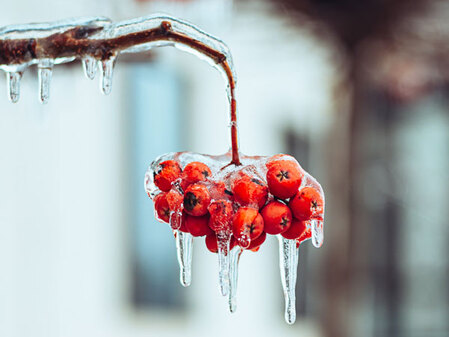
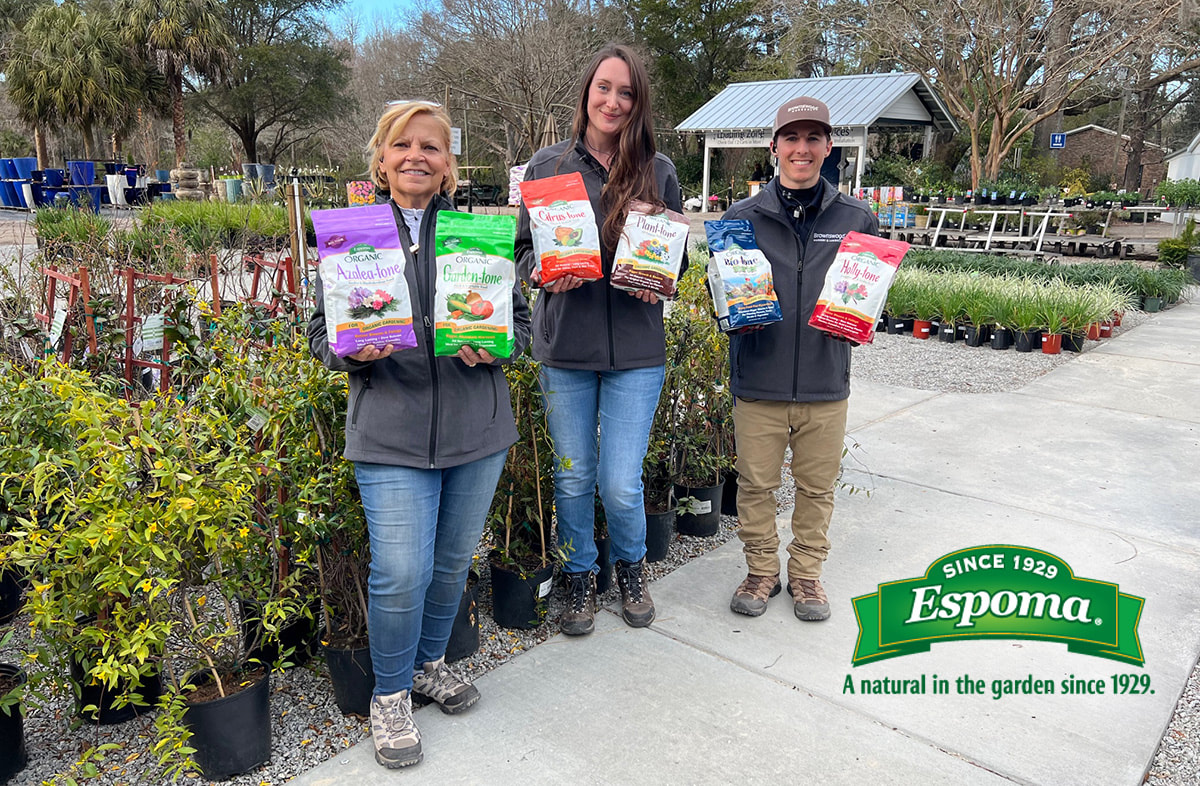

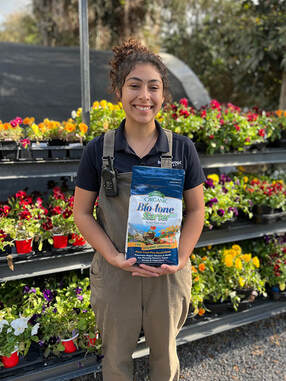

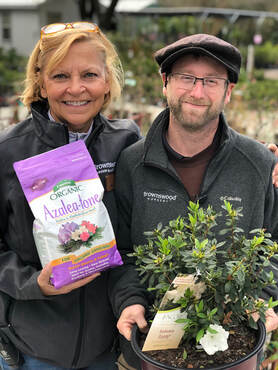
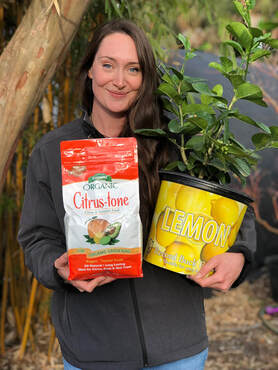
 RSS Feed
RSS Feed



